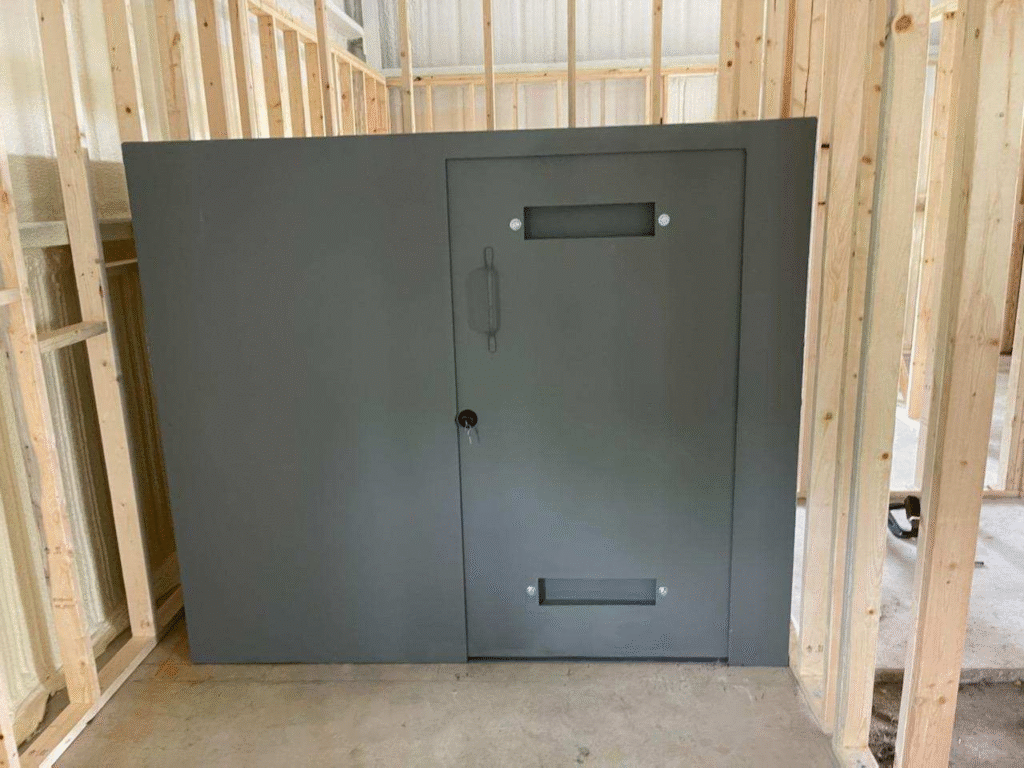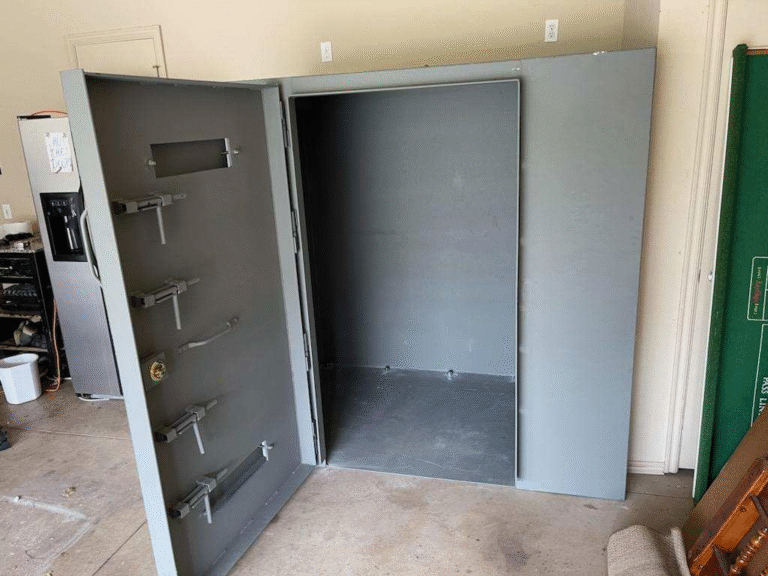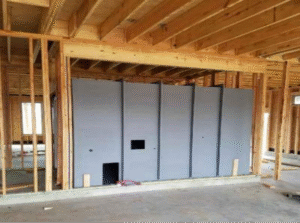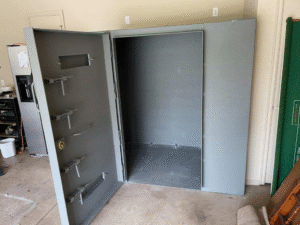A well-built safe room is designed to protect families from severe weather, but long-term protection also depends on proper safe room weatherproofing. Moisture, humidity, and wear can impact your shelter’s integrity over time, especially in humid or flood-prone areas. Keeping your shelter dry, sealed, and well-ventilated ensures it remains strong, safe, and comfortable when it matters most.
Sealing for Strength and Longevity
Every storm safe room benefits from a strong seal that keeps out water and humidity. Proper sealing starts with high-quality gaskets and door linings designed to prevent leaks around hinges and frames. Regularly inspect these seals for wear or cracks, and replace them as needed.
For custom safe rooms, pay special attention to joints, corners, and entryways, areas most exposed to outside air and moisture. A watertight seal not only prevents leaks but also protects against corrosion, mold, and long-term structural damage.
Ventilation and Air Quality
While keeping water out is essential, allowing air to circulate is equally important. Proper ventilation prevents condensation buildup, which can lead to mold growth. A steel storm shelter in Dallas should include vent systems or fans that allow fresh air in without compromising safety.
Adding a small dehumidifier or moisture absorber inside your tornado safe room helps maintain a dry environment, especially during extended storm use. Balanced airflow keeps the interior comfortable and preserves the materials used in construction.

Routine Maintenance and Inspections
Preventing moisture damage means taking proactive steps all year long. Homeowners should:
- Inspect seals, vents, and flooring regularly
- Keep drainage areas clear around exterior shelters
- Wipe down interior surfaces after periods of high humidity
- Test any ventilation or air systems before storm season
Routine care ensures your tornado shelter stays in peak condition, ready to perform during the harshest weather.
Built for Strength, Backed by Experts
Safe Rooms US takes protection a step further with expertly engineered storm shelters and tornado safe rooms designed for durability and weather resistance. From precision-sealed steel construction to reinforced designs built to endure, every installation is made to last.
Contact now and trust us to deliver reliable, low-maintenance protection that keeps your family safe in Fort Worth, and your shelter strong, season after season.










